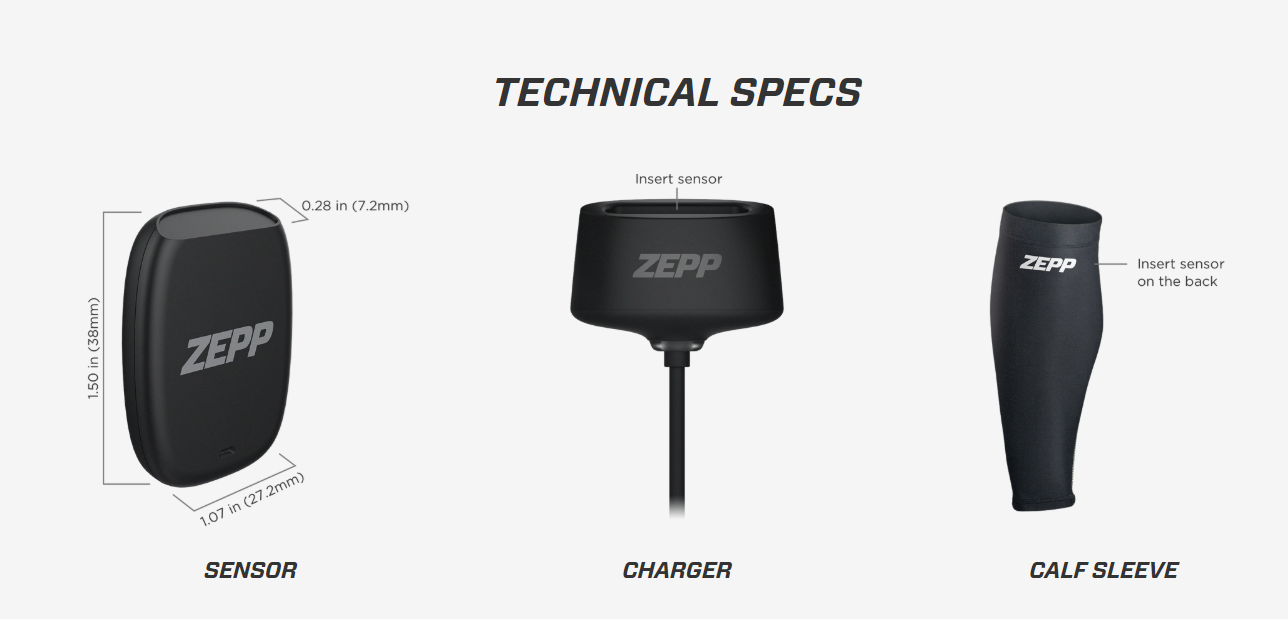WORK – LIFE TRADEOFF
I hit the jackpot. A good friend had a four-day company retreat at an ocean side resort and invited me to be her plus one! Calendars were blocked, plans were fashioned, daydreaming of sun and poolside drinks were kicked up a notch or ten.
And then, horror of horrors – we didn’t get a room. We missed the sign-up. We weren’t going. (Apparently those in the know wait for weeks anticipating the retreat and click refresh to not miss a spot.)
A well-meaning person suggested that since we already cleared our schedules, we might as well still vacation elsewhere. Um, yeah, right. We both knew that would never happen. The magic was gone. Now it’s not because the original was an all-expense paid vacay. I certainly can pay my own way. So why is it when the dates are set in stone we have one foot out the door, whereas when it’s a “just because” situation we are so reluctant to ask for time off?
Perhaps the voices inside your head sound like this:
I. I don’t really need a vacation.
Denial. And it’s not just the river I almost went swimming in. When we want to book a vacation for no apparent reason other than just to relax, we’re quick to make ourselves feel frivolous for even thinking of such a thing.
II. I have too much to do.
Me? Vacation? I really can’t. There’s so much going on at work. No way could I go now. That would be irresponsible. Unfair to my team. Can’t leave them to pull my weight.
III. It’s better to go at another time.
Vacation now? Why would I go now? We’re in the middle of X/Y/Z. We’re about to launch (fill in). Doesn’t make sense to go now. Might as well go when I’m less busy.
IV. Something will come up.
It’s not worth booking. Something is going to come up (as it inevitably always does) and I will have to cancel. Why bother getting my hopes up when I know it’s just not going to happen. This leads me to the next point —
V. Easy cancellation policies.
No down payment. Cancel within 24 hours. Redeposit miles. It’s so easy for us to be committed and non-committed at the same time. And everyone knows, we’re always searching for an excuse to back out (and wondering who will back out first).
Yes. These are all excuses. Some realistic, some less. The point is – how do we convince ourselves that we are worthy of saying “taking a break is a good thing” and asking for time off? Not when it’s at the point that we are falling apart and obviously need one. But where we can, legitimately, on a regular Tuesday say: I need time away. Taking a breather and disconnecting will propel me forward.
Once, during a particularly large wave of maternity/paternity leaves, a colleague with grown children commented that he envied having a few months away with total disconnect and then returning with a fresh perspective.
Adam Grant, Organizational Psychologist at Wharton has said:
“In toxic cultures, being a workaholic is normalized and sacrificing sleep is glorified. The best way to get ahead is burnout. In healthy cultures quality of life is expected and having a life is celebrated. You’re encouraged to put your well-being above your work.”








